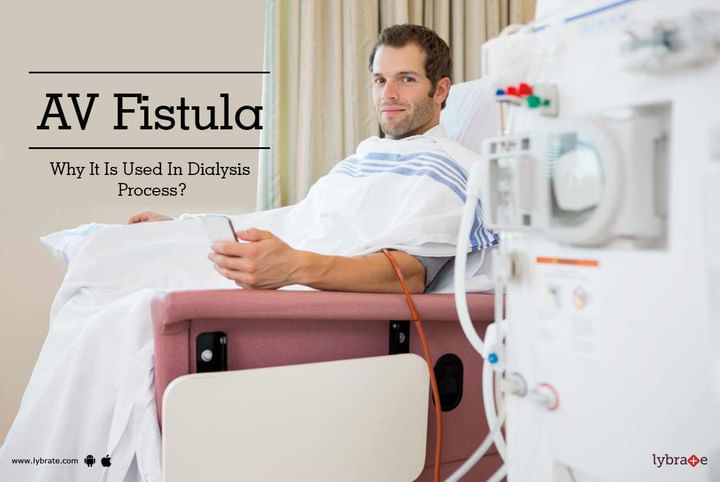AV Fistula - Why It Is Used In Dialysis Process?
The human circulatory system is a highly complex and well-orchestrated system designed with two sets of channels. The arteries are a chain of vessels which carry oxygenated blood to all parts of the body from the heart. The venous system, on the other hand, carries impure or deoxygenated blood from each of the end organs to the heart. These start from minute branches in the distant parts of the body and gradually grow in size until they reach the heart.
These two channels do not interact unless either created artificially or in disease conditions. Naturally, these could be due to developmental anomalies or as a result of an aneurysm and would require a surgical correction. The AV fistula is, however, commonly created naturally in people who have to undergo hemodialysis.
Why an AV fistula: Generally, an artery in the forearm is sewn into a vein in the forearm. This AV fistula may take about 4 months to heal or mature, and a needle is then inserted into the vein during dialysis. When an AV fistula is created, there is a decrease in the peripheral resistance as the blood does not have to exert as much pressure as before, and there is an easy movement of blood into the veins.
How to care for it:
- There could be initial limitations on the amount of weight that can be lifted
- Keep the dressing in place for 1 to 2 days
- Do not sleep on the fistula arm
- Do not wear jewelry on the arm
- Always wash hands before touching the access
- Avoid lifting heavy objects using the hand
- Avoiding damage to the arm like cuts or bruises
- Regular checking for the pulse or thrill in the arm
- Monitoring for signs of infection (redness, blood clots, swelling, pus formation, etc.)
Advantages:
- Uses the body’s own blood vessels, no artificial material (as in catheter for instance)
- Reduced chances of clotting
- It provides good blood flow for dialysis
- Is more effective than other types of access (graft or catheter)
- Lesser complications compared to other access types
- Is done on an outpatient basis and are less expensive
- Usually last longer than other access methods
Disadvantages:
- Longer maturity time (sometimes up to 4 months), so are not available for ready use
- Stenosis or narrowing of the vessels is common, sometimes leading to blood clots.
- If they fail to mature, a fresh fistula may need to be created
- Usually created on the forearm, so are quite visible
In case you have a concern or query you can always consult an expert & get answers to your questions!



+1.svg)
